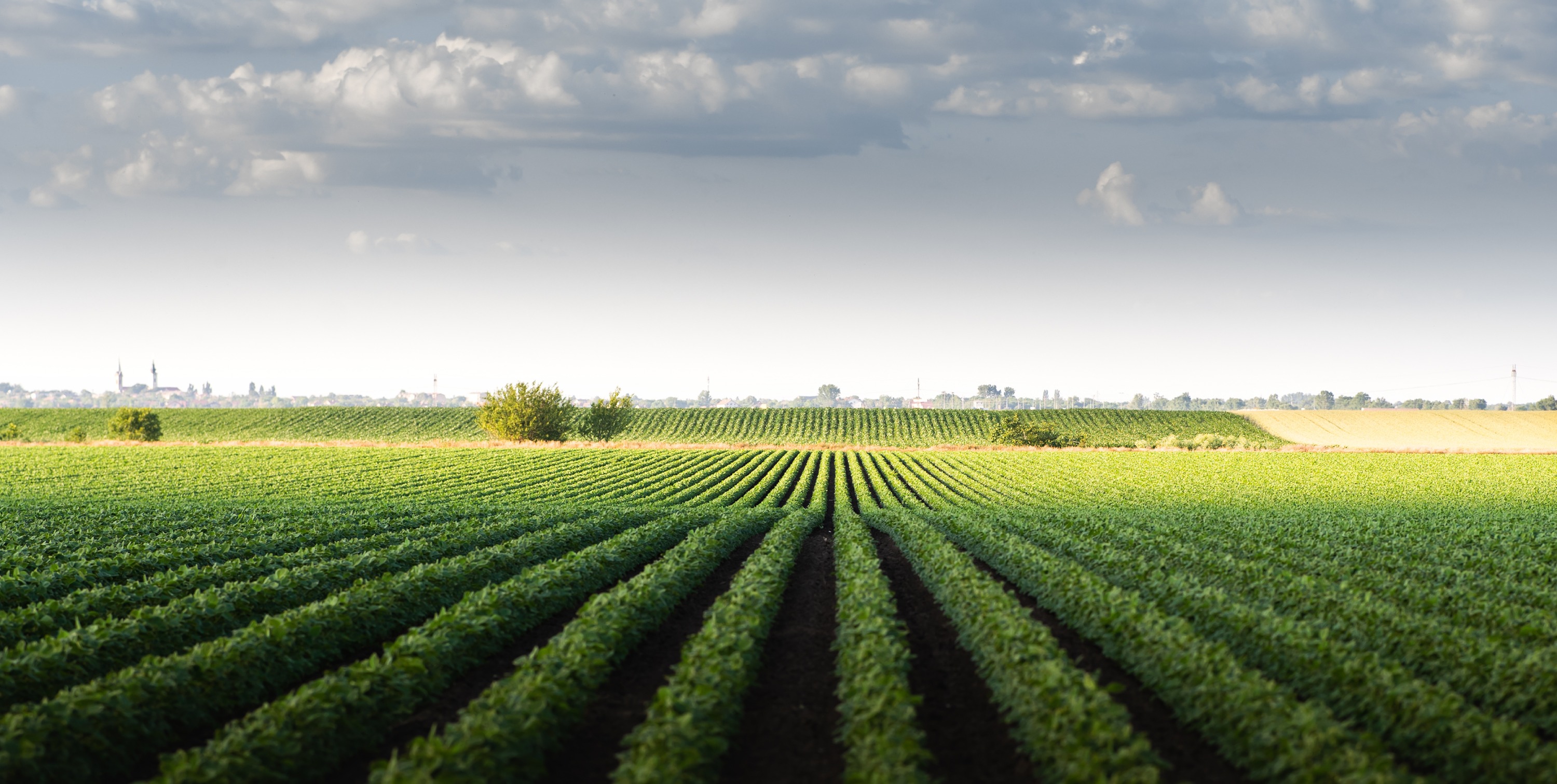
All about energy crops
Generating energy through agriculture.
Types of waste: what you should know
Transforming waste into resources
Waste classification is essential to minimize the environmental impact and maximize recycling. Here we tell you what you need to know.
Technological advances and greater concern for the environment have brought a new production model to the table: the circular economy, which, as opposed to the traditional approach that discarded what was considered waste, uses these resources to optimize their life and convert them into new products or raw materials, just as nature does.
In Spain, approximately 138 million tonnes of waste was generated in 2021, according to the latest data from the Spanish National Statistics Institute (INE). A good part of it was recycled, but the percentage of reuse varies greatly depending on the types of waste: while 80% of paper and cardboard was recycled that same year, and more than 70% of glass, only between 20 and 25% of organic waste found a new life.
In order to advance in their treatment, it is important to know the types that exist and how waste classification is carried out, so that we can extend the useful life of these resources.


Types of waste
There are several criteria for classifying waste depending on its origin, its capacity to decompose naturally in the environment (biodegradability), its composition (the material it is made of), its hazardousness, or its physical state (solid, liquid, or gaseous).
Each type of waste will determine the most appropriate management for each one: the forms of collection, the possibility of reuse or recycling, and the type of treatment that can be given to these resources. This differentiation is key to complying with environmental regulations and reducing the carbon footprint produced by human activity.

Why classify waste?
Waste classification, and doing it correctly, is very important for several reasons. Firstly, it reduces the amount of waste sent to landfills, which, in addition to reducing the carbon footprint, helps to conserve natural resources. In addition, separating materials that can be reused (such as organic matter, paper, glass, or plastic) facilitates the recycling process.
This separation by types of waste also makes it possible to identify and properly manage hazardous waste, which minimizes risks to human health and the environment.
The most effective waste classification, towards which circular economy models point, is the separation of waste at source: separating it before disposal according to its characteristics, thus ensuring its arrival at the plants where it will be recycled, while promoting a more responsible management mentality for natural resources.
Type of waste according to its biodegradability
A criteria for the distinction of types of waste is to classify it according to its biodegradability, a fundamental aspect to understand its environmental impact. According to this classification, waste can be biodegradable or non-biodegradable. The former is waste that can decompose naturally by the action of microorganisms such as bacteria and fungi; the latter, that which does not decompose naturally or does so at an extremely slow rate.
Examples of biodegradable waste is food waste, paper, cardboard, wood, garden waste, and agricultural waste. Non-biodegradable waste is, for example, plastics, metals, glass, or batteries.
When decomposed, biodegradable waste can be transformed into compost, which serves as organic fertilizer, or into renewable fuels, such as those produced by Repsol from organic waste, such as used vegetable oils, biomass, and waste from the agri-food industry.
Our energy plans
Discover Repsol's energy plans for your home and choose the one that best suits you.
Type of waste according to its origin
For its part, the type of waste according to its origin is fundamental for the proper management and treatment of these resources. According to this classification, waste can be:

Waste according to its composition
Another way to classify waste is to do it according to its composition. This classification of waste results in the following types of waste:
Waste management at Repsol
At Repsol, we adopt the circular economy in all countries and businesses in which we operate: from the production of energy and raw materials to ecodesign in the marketing of our products. In this way, we optimize resources, reduce consumption of raw materials, and reduce the carbon footprint.
An example of this waste management based on the circular economy is the start-up in Cartagena of the first plant on the Iberian Peninsula dedicated exclusively to the production of 100% renewable fuels from waste, which will prevent the emission of 900,000 annual tonnes of CO2, by representing a reduction of 90% of net CO2 emissions compared to the fuel of mineral origin it replaces, because of the lower carbon intensity of the renewable fuel.
At Repsol, we have also launched in Puertollano our RECPUR plant, where up to two thousand tonnes of polyurethane foam from old mattresses will be recycled each year. This is the first plant in Spain for the chemical recycling of polyurethane foam, which has already contributed to the recycling of approximately 50 tonnes of mattresses.

In the new plant, 300,000 tonnes of organic waste will be processed per year, such as used cooking oil, prioritizing national and European origin. At Repsol, we have launched at our Puertollano Industrial Complex, our RECPUR plant, where up to two thousand tonnes of polyurethane foam from old mattresses will be recycled each year, which has already contributed to the recycling of approximately 50 tonnes of mattresses.